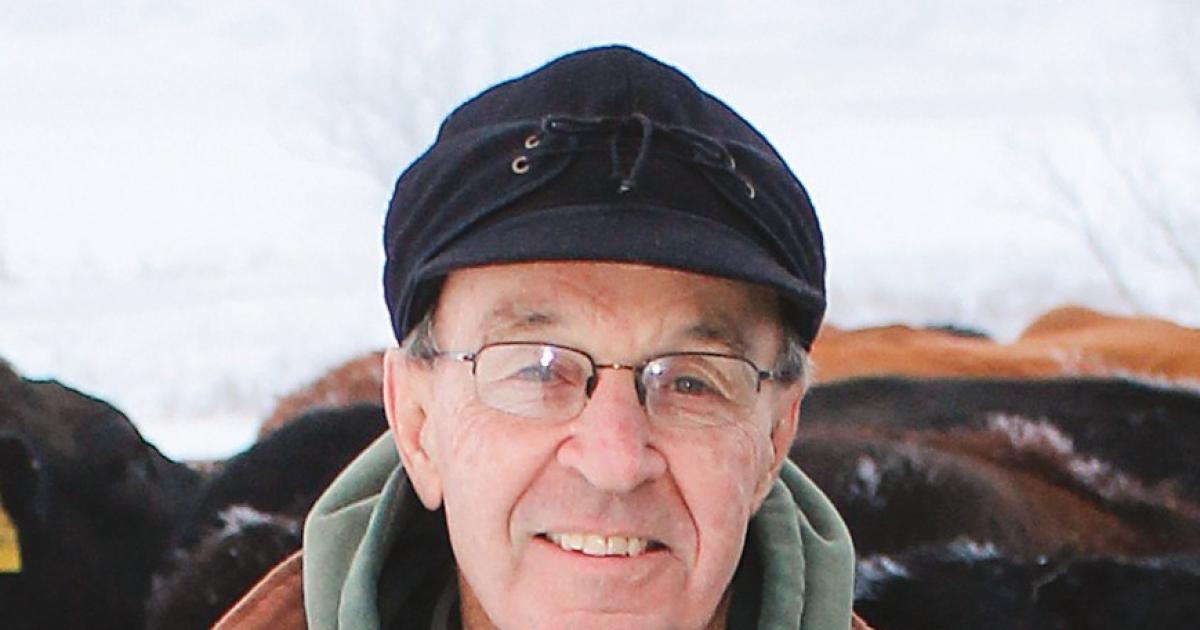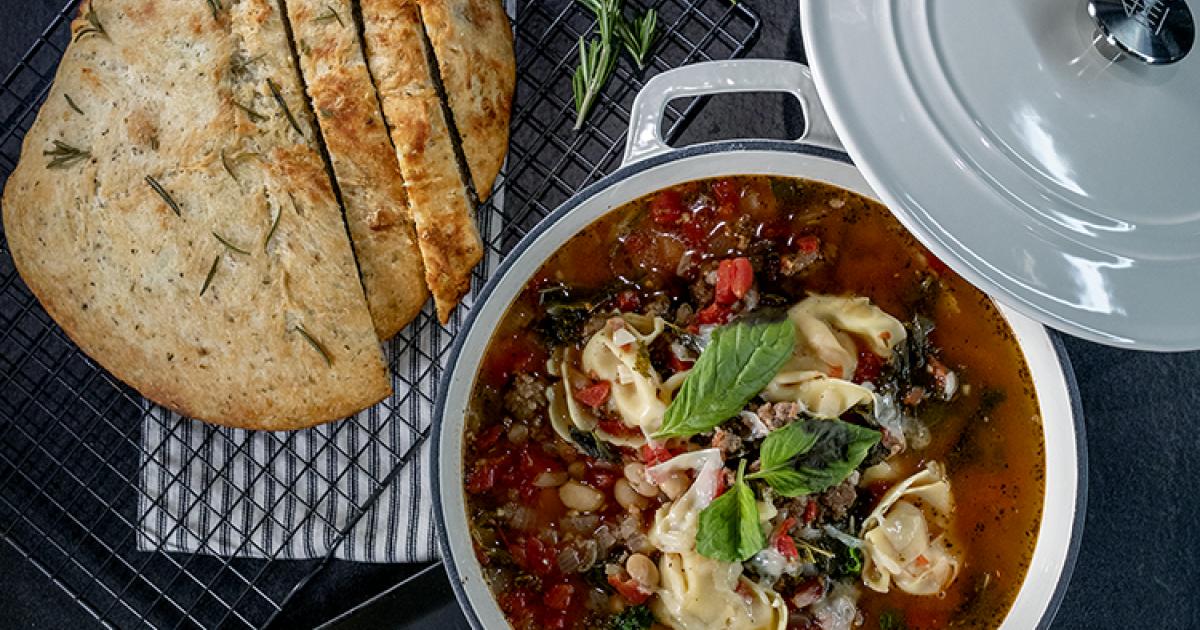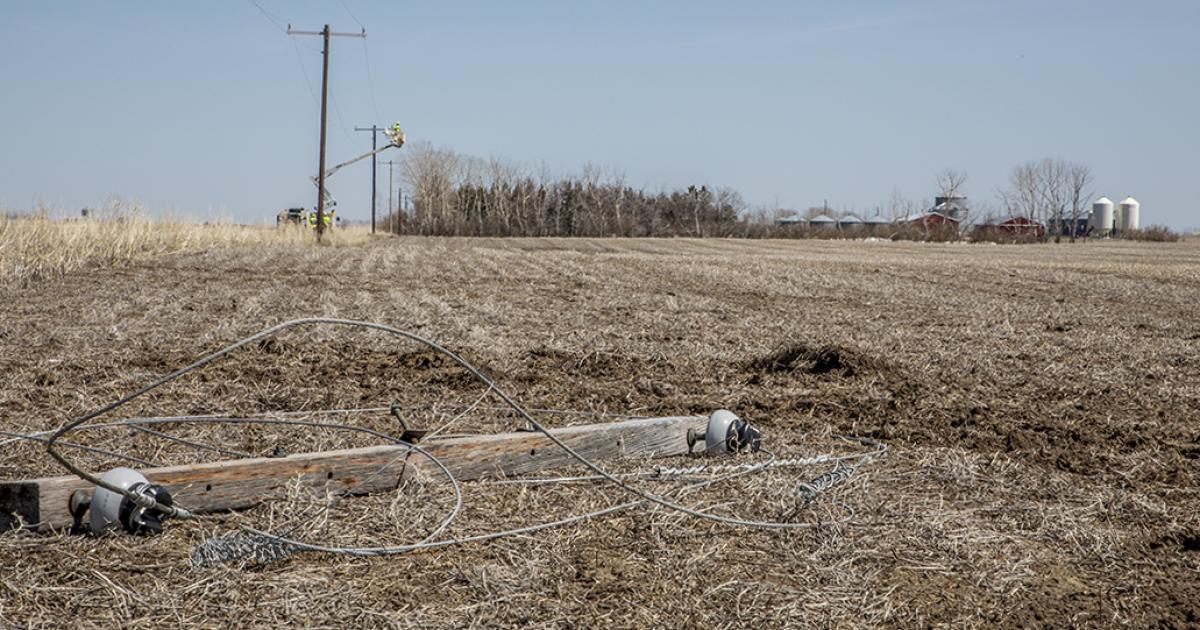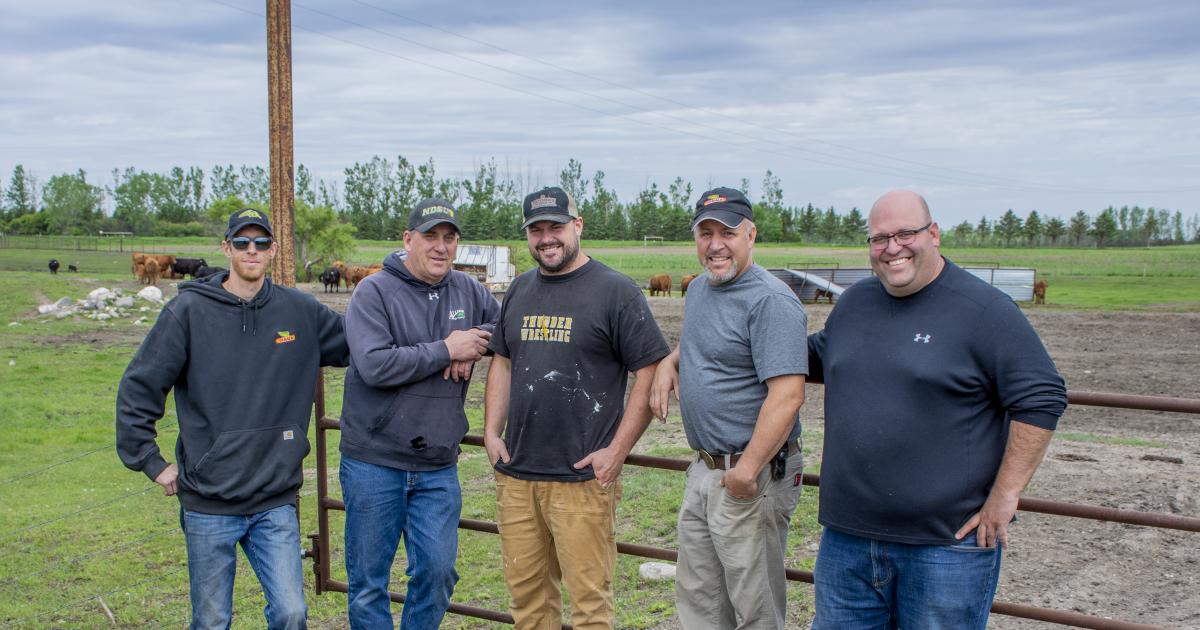It was Feb. 10, World Pulses Day, and the Northern Pulse Growers Association had invited a group of business and professional people to a luncheon – three courses – all based on pulse crops. Pulse crops include dry peas, lentils and chickpeas. The first course was lentil soup.
As we ate, a pulse industry official at our table explained that the demand for pulse crops and their ingredients was growing rapidly. For example, he said, a new product called Veggipasta is being made from pea flour.
His comments reminded me of the competitive tension that exists between agricultural commodities. I thought about how an increase in the price of corn negatively impacts feeder calf prices, and about how margarine sales reduce the demand for butter, but increase the demand for soybean and sunflower oil. There are many examples. Crops compete for acres and for markets. Will it be chicken or beef for dinner? They are all agricultural commodities, produced by farmers and ranchers. But sometimes an increase in demand for one comes at the expense of another.
Does a growth in demand for Veggipasta mean less demand for durum wheat? Not always, the pulse people like to point out. Someone who’s eating pea flour pasta may have an intolerance to gluten, so that person wouldn’t be eating durum pasta anyway. It’s not a one-to-one deal. A ton of pasta made with pea flour doesn’t necessarily mean one less ton of durum pasta.
What’s more, there are producers who raise both corn and cattle, peas and durum. For them, an increase in demand for any of their commodities is positive. Still, there is that competitive tension. You can feel it sometimes when different commodity group leaders get together.
But World Pulses Day wasn’t a time to think about the competitive tension between agricultural commodities, and I didn’t ask the pulse industry official how he was getting along with the durum growers. It was a day to recognize the growth in demand for pulse crops and their ingredients, which is a good thing. And the lentil soup was very good.
Al Gustin is a retired farm broadcaster, active rancher and a member of Mor-Gran-Sou Electric Cooperative.










